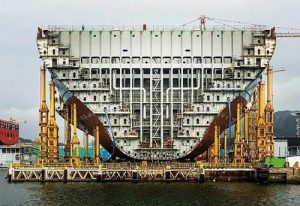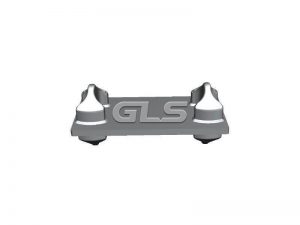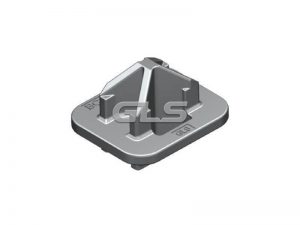Shipping cargo ships are loaded with high-value containers during the transportation process. In order to ensure the safety of the entire shipping process, the containers on the ship need to be lashed and fixed. In addition to the containers on the deck that need to be secured, the containers in the cabin also need to be secured in a standard manner.

1. When securing the non-container rail device, please refer to the securing requirements of the deck container. Various data indicate that when a separation force occurs between the two layers of the container, a container twist lock device needs to be installed between the two layers, and the double-headed positioning cone can be used for fixing in other positions. When a separation force occurs between each layer of containers, the container twist lock can all be replaced by double-headed positioning cones.

2. When securing rails with compartments, generally when the container in the cabin is between the rails of the compartments, if the length is the same as the length of the rails, no securing rigging is required. If the container in the cabin is 40ft, it is necessary to use a cone plate at the bottom position in the middle of the guide rail length of the 40ft container, and a stacking cone can be used to fix the 20ft container between the two layers of containers.
